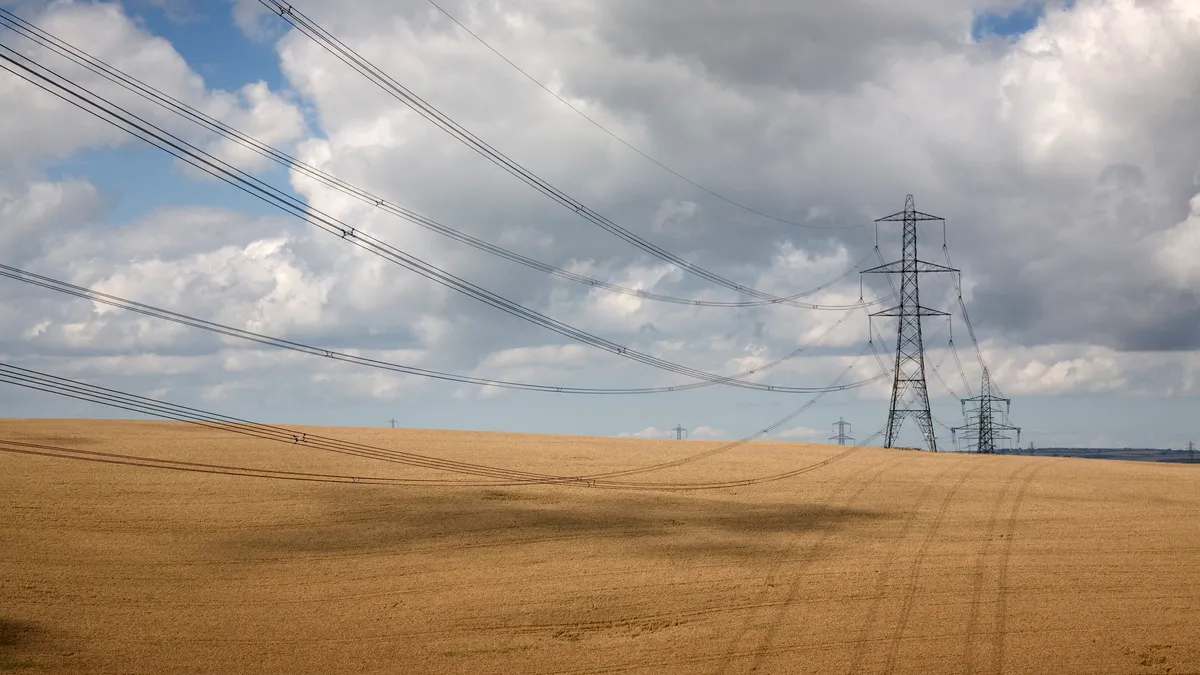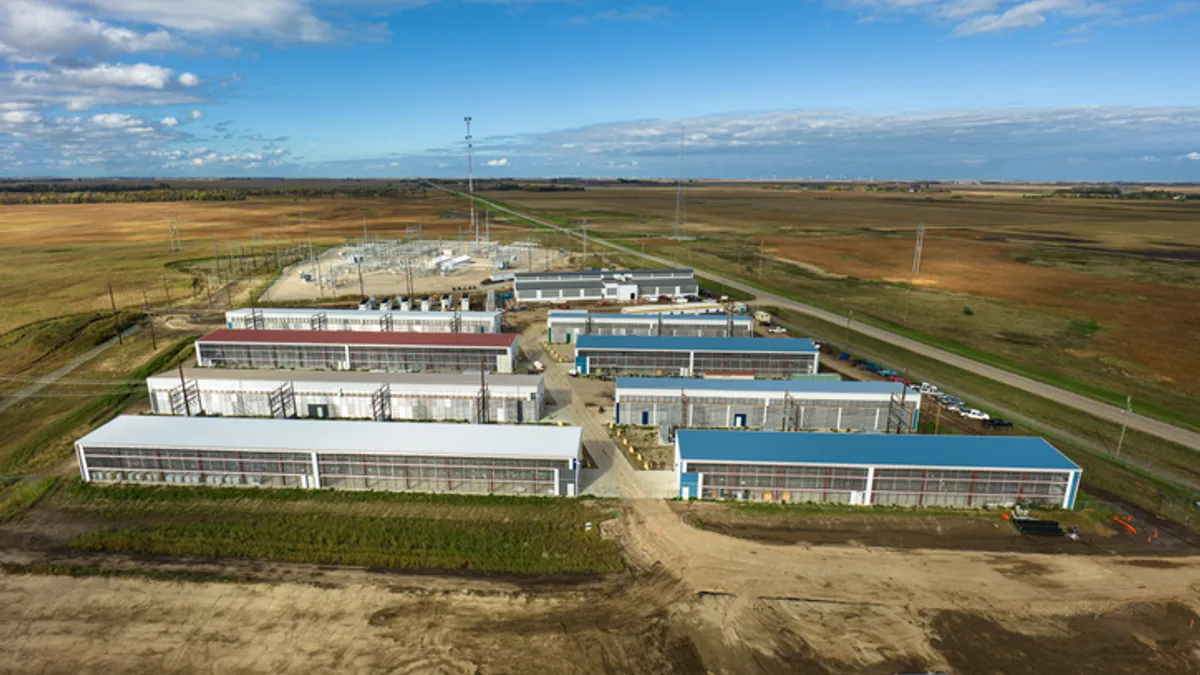The following is a contributed article by Karl R. Rábago, a national clean energy expert who has served as a utility executive and on the Public Utility Commission in Texas, and Thad Culley, regional director with the national, non-profit solar advocacy group Vote Solar.
Our aging energy infrastructure and equally antiquated utilities have failed to adapt to severe weather. Now, risks to our electric grid are getting worse and the consequences are more serious because of climate disasters.
We can't take reliable electricity service and grid resilience for granted. Electricity service is essential to modern life and survival when severe weather strikes.
But how we build our grids and the resources we rely upon determine affordability and reliability. And we have built our electric grids to be large, brittle, expensive and vulnerable.
New Orleans is especially vulnerable and, like too many of America's great cities, it is still getting its electricity from a century's old system that simply can't stand up to the threats of climate change and the demands of climate responsibility.
Leading cities across the country are not waiting on Washington, D.C. or their state governments to act. Like New Orleans, these cities recognize that action is needed now to address a major and long-term challenge of resilient, clean and affordable energy services.
A reimagined grid
What lies ahead must be nothing less than a complete reimagining of the grid and utility services around ultra-high efficiency, local and resilient renewable energy. Today's clean, reliable, cost-effective options include solar power matched with ever more affordable battery storage and smart microgrids architecture.
Utilities like Entergy haven't and won't solve these problems and meet these challenges on their own. The business focus of utilities today is mostly on short-term profits and yesterday's power plants, and not on long-term social, economic and environmental sustainability. The result is higher long-term costs and worse service for customers, and the risk of stranded assets for investors.
Thanks to City Council leadership, and the determined efforts of local community advocates and national experts, a workable, affordable leadership path forward has now been clearly marked.
The Energy Future New Orleans Coalition spent hundreds of hours identifying the best experiences nationwide, and developed a blueprint for community renewables and resilience that would sustain New Orleans today and tomorrow. In addition, the blueprint would hold Entergy accountable for making real progress toward an energy future that is more affordable, more resilient and more just.
The coalition drew direct inspiration from recent RPS legislation in Washington state and from the experience of advocates in the District of Columbia in pushing for policies that expand access to renewable energy options and economic opportunities.
These conversations and efforts shaped the twin pillars of the coalition's plan: (1) to achieve rapid and cost-effective decarbonization of New Orleans' energy portfolio and (2) to do so while focusing with great intention on diversifying the clean energy workforce and creating economic opportunity for historically disadvantaged businesses and communities.
The coalition specifically proposes a vendor certification process through the Office of Supplier Diversity to ensure that the distribution of economic opportunity created by the Resilient RPS (R-RPS) is equitable and deliberate.
Unique challenges, new solutions
Identifying and adopting best practices is one thing, but the most inspired work of the coalition was to dream up new solutions that speak directly to the unique challenges and climate vulnerabilities of New Orleans.
Like many state RPS policies, the coalition's proposal creates targeted carve-outs to achieve specific objectives. Given the city's vulnerability to storms and dependence on transmission to deliver adequate power supply, the coalition envisions up to 30% of the R-RPS goals being met with resources located within the city's immediate footprint.
The ongoing shut-offs in the Bay Area are an ominous warning that local, distributed resources are a necessary part of a climate resilient future.
The R-RPS is unique and innovative in that it places an emphasis on truly resilient resources by creating a top-tier designation for renewable projects that are capable of islanding from the grid and operating to support critical infrastructure during prolonged outages. The R-RPS specifically identifies the vulnerability of people with powered medical devices and calls on targeted incentives to ensure that low-income households with such medical needs are among the first in line to receive solar-plus-storage.
Recognition of the urgent need to require Entergy to chart a new course toward a clean energy future is gaining momentum. Even the City Council's regulatory advisory consultants have recognized that only a mandatory RPS can ensure that the utility takes meaningful action.
EFNO's Resilient and Renewable Portfolio Standard is a detailed and workable plan that the Council can adopt and implement now — before it is too late.





















